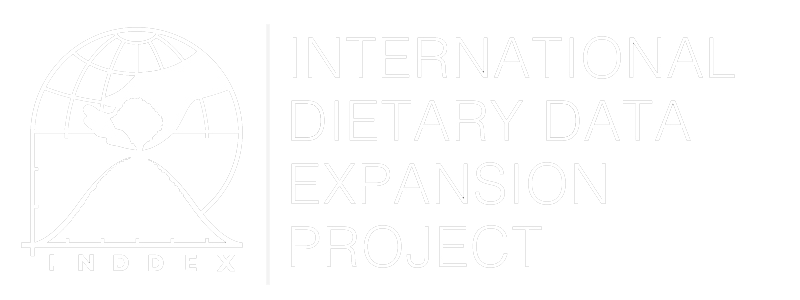Summary
Experience-based food insecurity scales capture insecure food access (i.e. the access dimension of food security) and assess the food insecurity of a population by asking about behavioral and psychological indications of food insecurity (Coates et al., 2007). Food security is achieved when "all people, at all times, have physical, social, and economic access to sufficient, safe, and nutritious food" (Food and Agriculture Organization [FAO], 2001). Existing experience-based scales can be used either at the individual level or the household level in order to estimate levels of food insecurity in a given region or country. The Food Insecurity Experience Scale (FIES), developed by FAO and collected through the Gallup World Poll, was designed and validated specifically for individual-level data collection, while the Household Food Insecurity Access Scale (HFIAS), one of the FIES antecedents, was designed specifically for household-level data collection. With a slight modification, the FIES can be used at the household level and the HFIAS can be used for individuals.
Experience-based food insecurity scales were developed in part to respond to the call for a broader definition of the term "hunger" and can capture beginning stages of severe food insecurity, such as uncertainty regarding food access and lowering quality of diet (Ballard et al., 2013), as well as more severe situations where the quantity of the food consumed is perceived by respondents to be restricted.
Four experience-based food insecurity scales are included in the Data4Diets platform: FIES, Household Hunger Scale (HHS), HFIAS, and the Latin American and Caribbean Food Security Scale (ELCSA). They all share common roots in the US Household Food Security Survey Module. Experience-based indicators are constructed from short questionnaires that capture manifestations of insecure access to sufficient, culturally acceptable, quality food at the household (or individual) level, such as having to reduce the number of meals consumed or cut back on the quality of the food due to a lack of resources. Responses to the modules, which can be easily included in diverse types of surveys, make it possible to locate the household or individual on a scale of severity of insecure food access. While these four food security scales share a common origin, and the questions that comprise them are very similar, they differ slightly with respect to the number of questions in each respective survey module, reference period, response categories and analytical approach.
|
Indicator |
Level* |
When to use? |
Validated |
Developed by |
|
Individual-level indicator for cross-country comparisons |
For comparing food security across countries or for measuring individual (or household) food insecurity |
Yes, multi-country validation |
FAO with data collection by Gallup World Poll |
|
|
Household-level indicator |
For measuring household (or individual) food insecurity in a single country |
Yes |
FANTA with Tufts & Cornell |
|
|
Household-level indicator focused on severe food insecurity |
For comparing hunger (severe food insecurity) across countries or in a single country |
Yes, multi-country validation |
FANTA |
|
|
Household-level indicator developed for use in Latin America |
For measuring household (or individual) food insecurity in Latin America |
Yes, in Latin American countries |
United Nations |
|
|
*Note this is the primary purpose for which the indicator was developed and validated, but each one can also undergo minor adaptations to be used at the other level (individual or household) |
||||
Due in part to their short length, experience-based scales are relatively quick and easy to use and inexpensive to integrate into larger surveys. Because experience-based scales do not directly address specific diets, focusing instead on the experience of food insecurity, they can be used cross-culturally and the FIES and HHS have been validated to show this (Cafiero et al., 2016; Ballard et al., 2011).
Strengths
- Measuring food insecurity with experience-based scales can be relatively inexpensive and quick to conduct and analyze
- Experience-based food insecurity scales capture the psychosocial and behavioral manifestations of insecure food access effects even when measurable clinical signs of prolonged hunger, under- or over-nutrition are absent
- Such scales are relatively easy for policy makers to interpret and understand
Weaknesses
- Food insecurity experience scales are intended for population-level use only, and should not be used, for instance, to screen households for program eligibility
